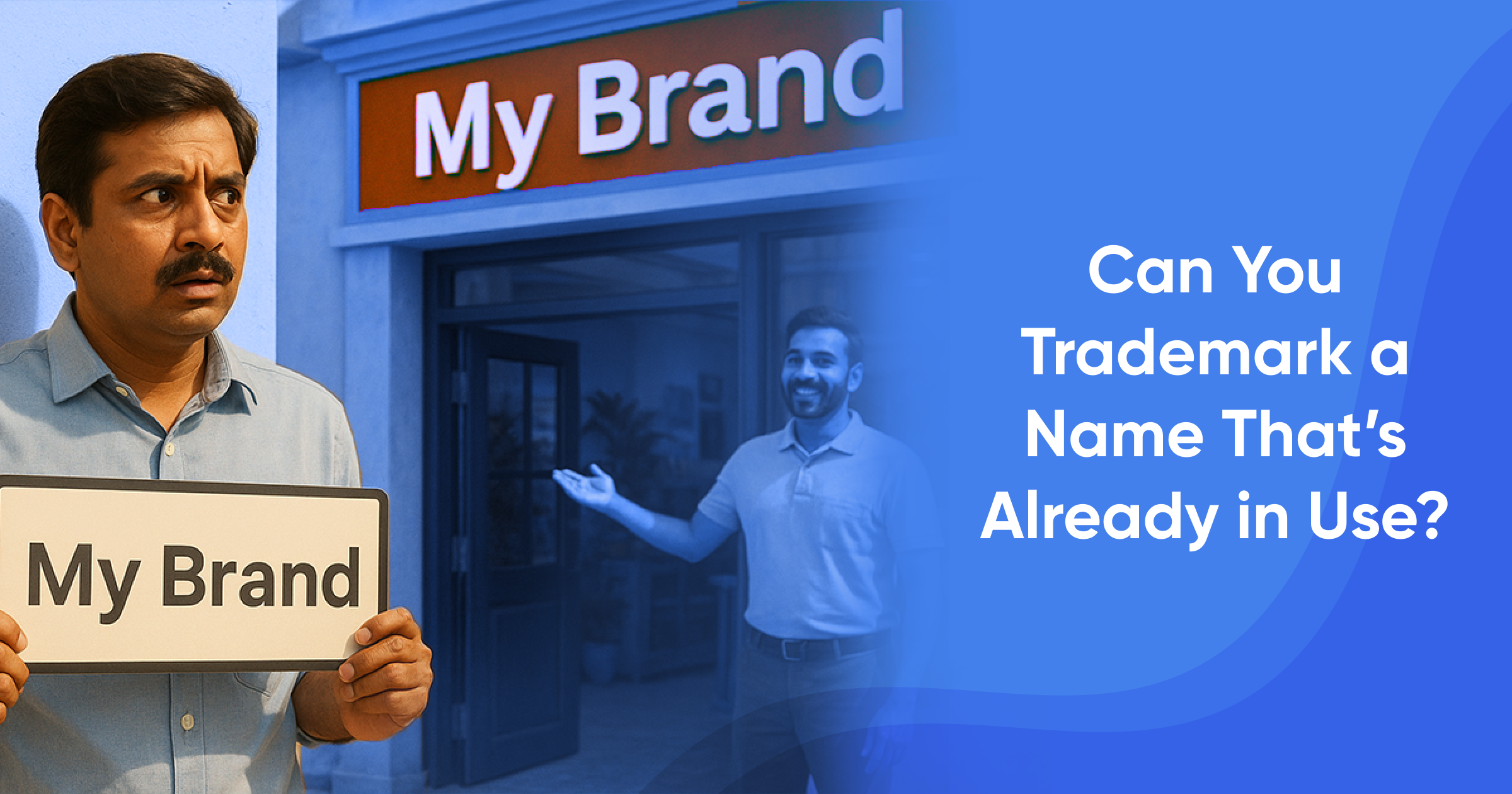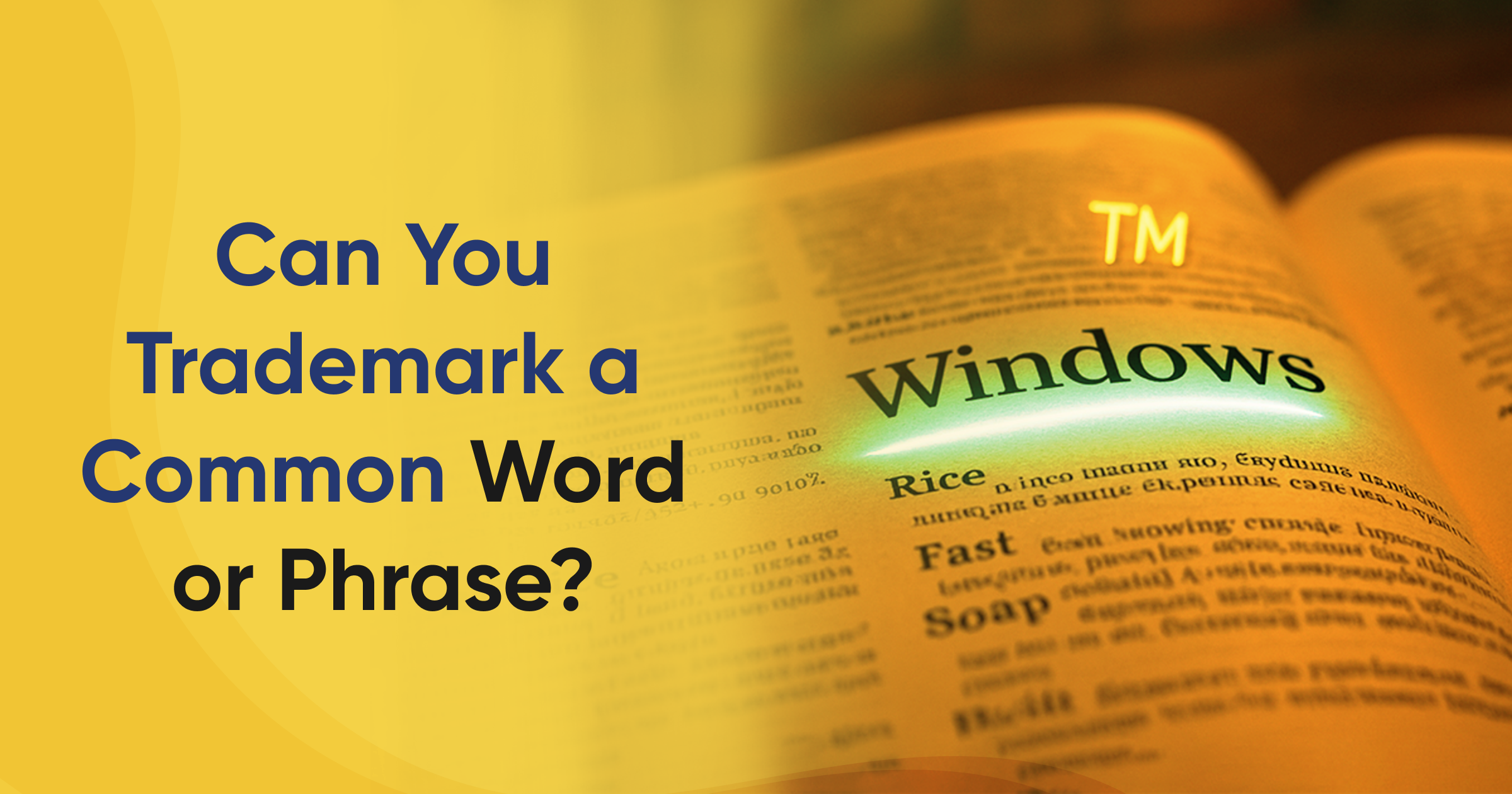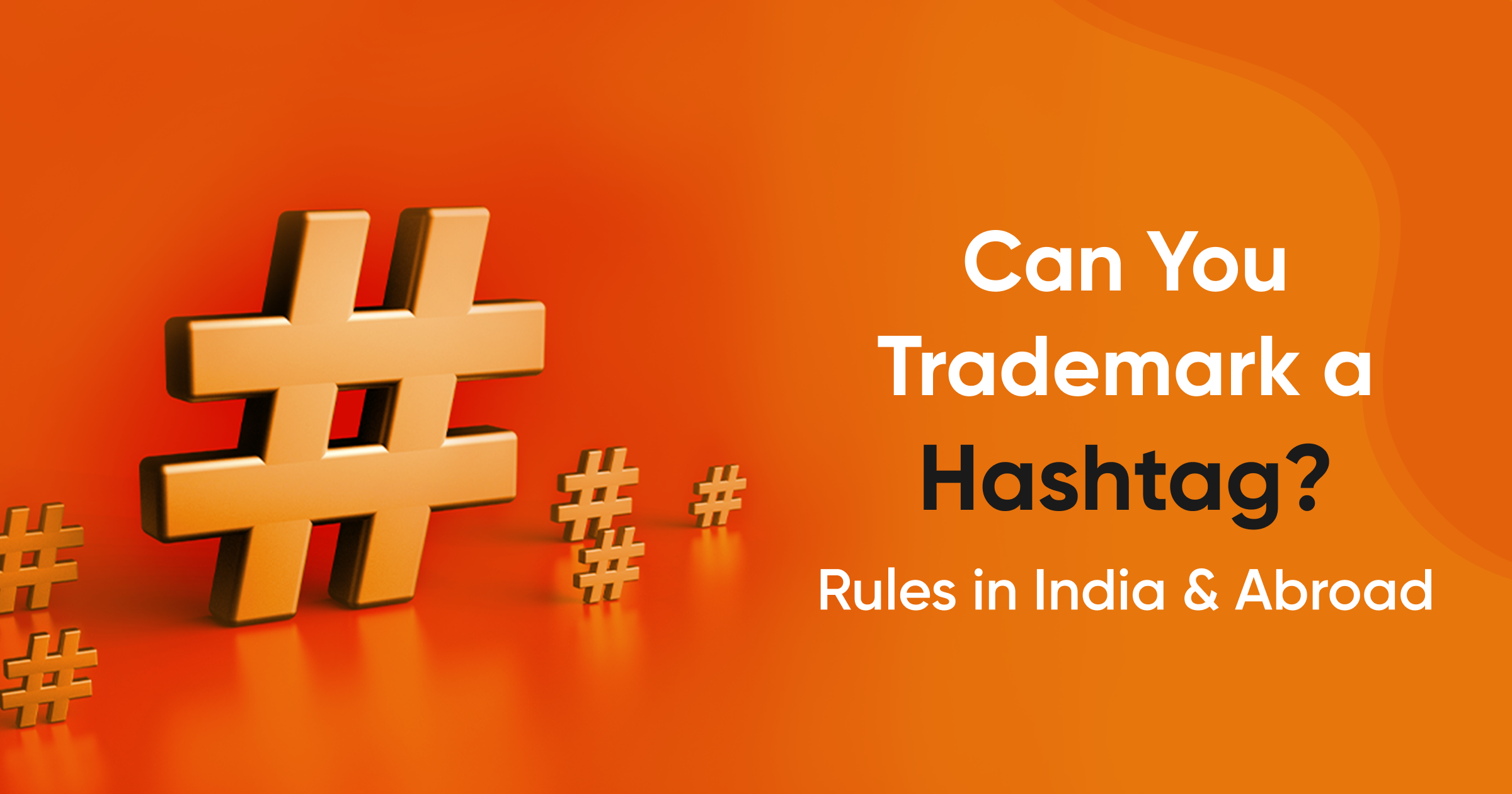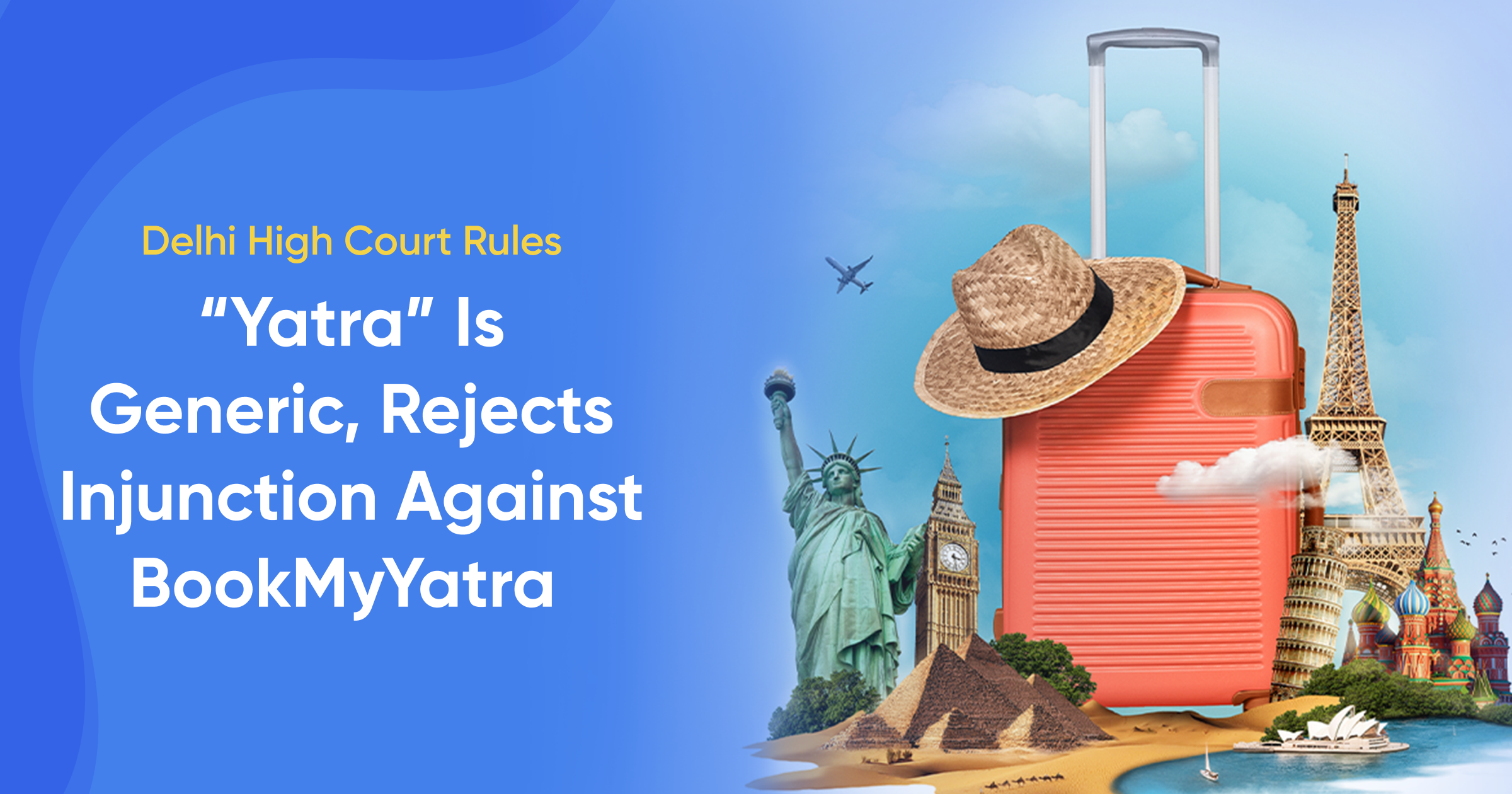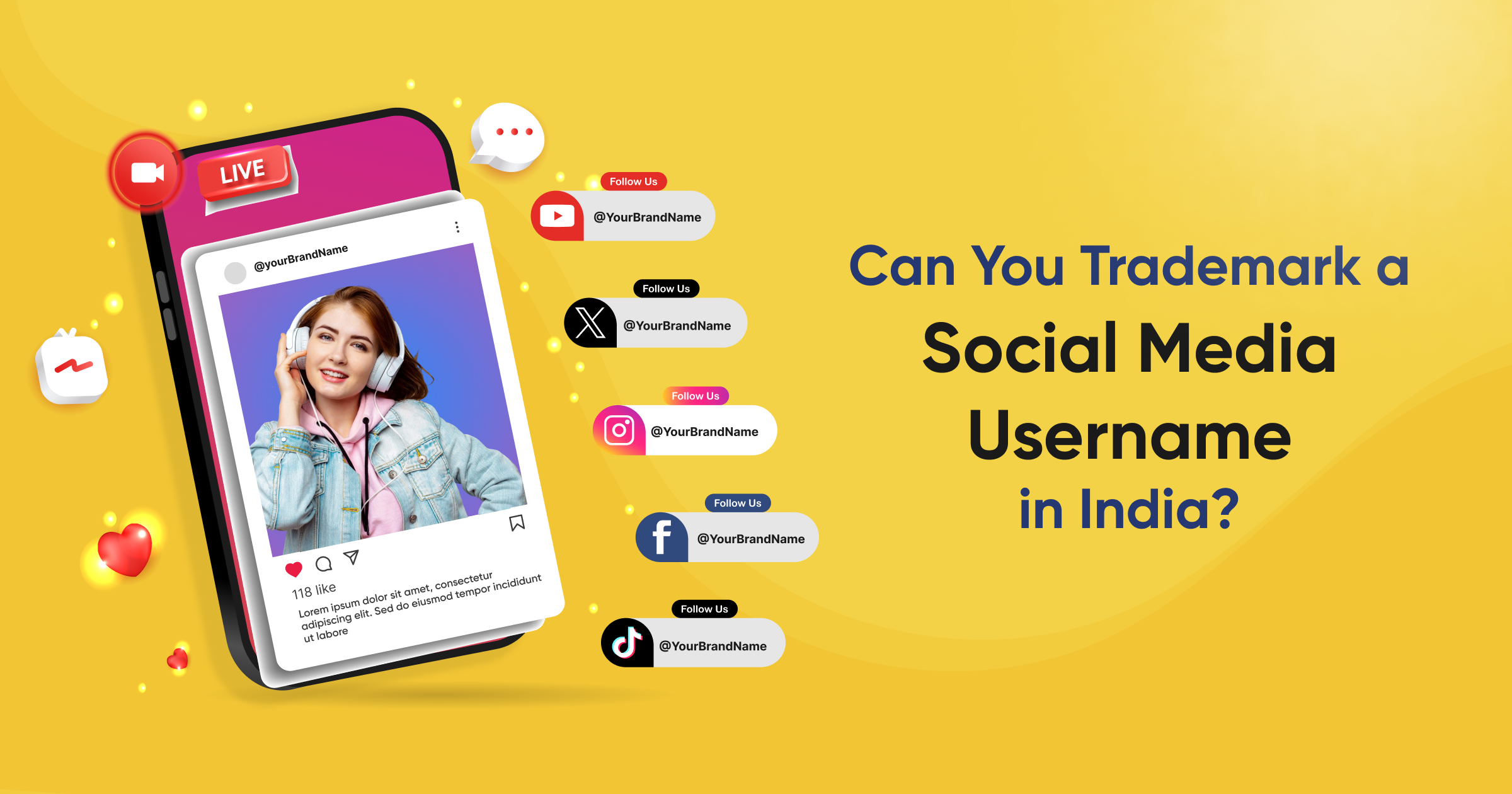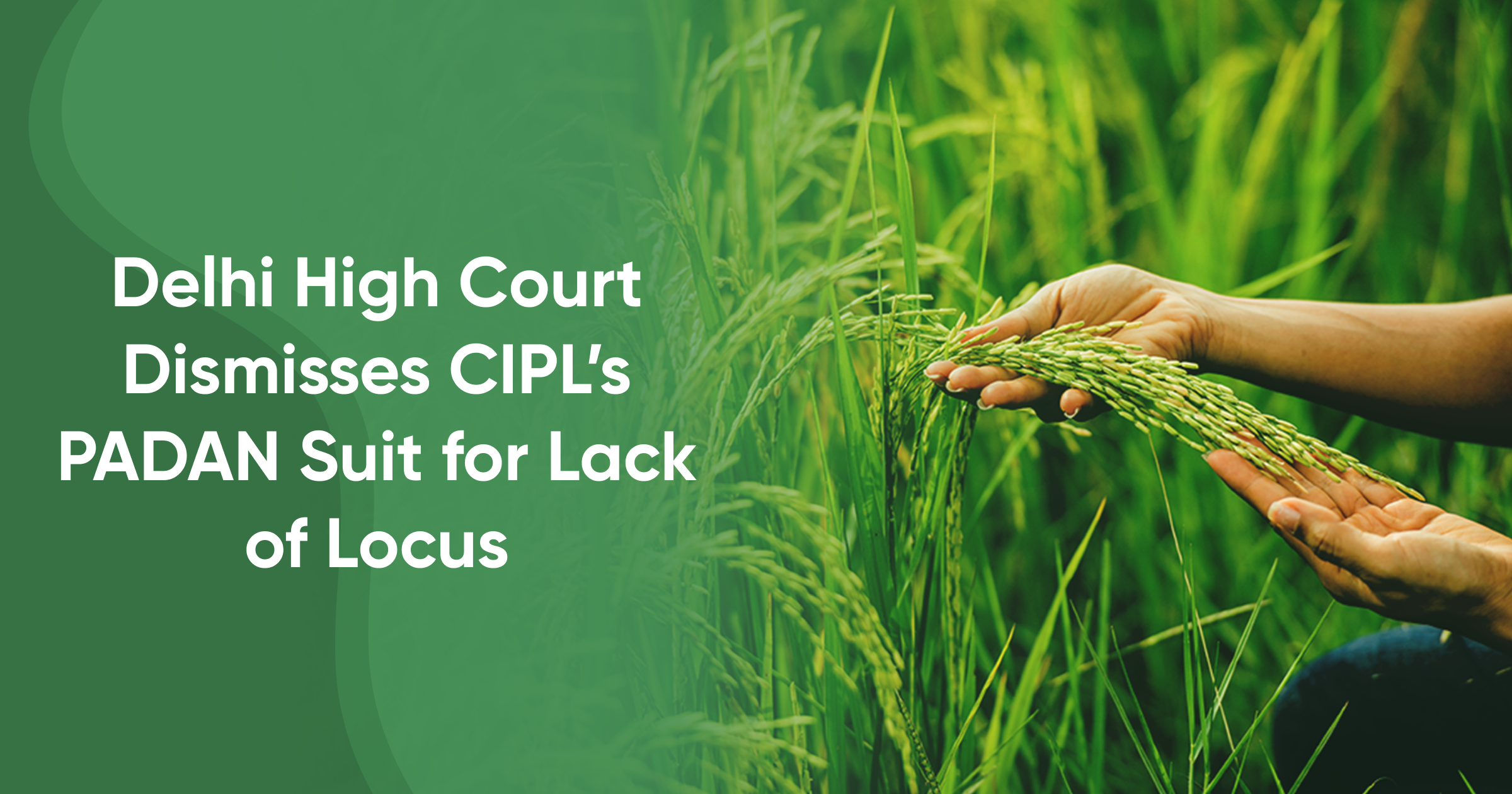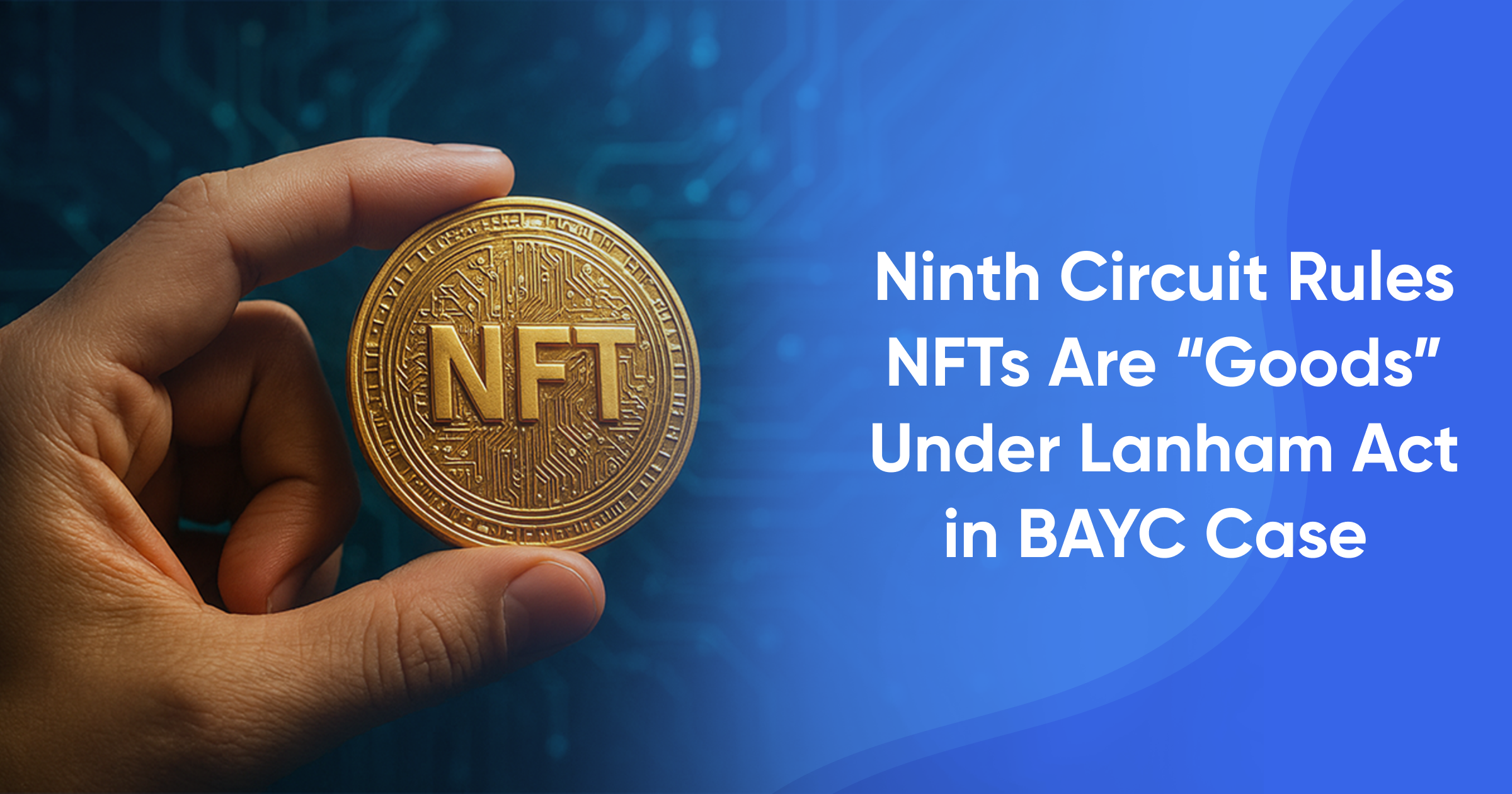Short answer? Yes. But only sometimes. It’s not just about the name. It’s about who used it first, where they used it. And how they used it.
You might think trademark rights are simple. Whoever gets there first wins. Right? Not quite. Here and in most countries - the story goes deeper than that. Trademark law cares about consumer confusion. If two businesses use the same name, the key question is: Will customers think they’re connected?
Sometimes, you can register a name even if someone else is using it. Other times, you can't even touch it. And in some rare cases, you’ll register it first - only to lose it later.
What does “Already in use” really mean?
Just because someone is using a name doesn’t mean they own it. And just because it’s not registered doesn’t mean it’s free to take. You need to ask:
Where are they using it?
Are they using the name in one city? Across a whole state? Or do they have a nationwide presence? The wider their reach, the stronger their claim. If they’re only local, your chances of getting the trademark go up - unless they’ve built a brand big enough to be known beyond their location.
How are they using it?
Are they using it as a business name? A product label? A domain name? Just a username on Instagram? The law gives more weight to commercial use. If they’re selling something under that name - even without a registration - they might still have rights. But if it’s just a blog title or a personal nickname online, the name may not be protected at all.
Is it registered?
If yes, then it’s protected under the Trademarks Act, 1999. These are called statutory rights. If no, but the name has been used openly and consistently, they might still have rights under common law. India recognizes both:
- Statutory rights (from registration)
- Common law rights (from actual use)
A person with common law rights can sometimes stop you - even if they never registered the name. Yes, if they can prove:
- Prior use
- Reputation in their area
- And that customers might get confused
The court won’t care who filed first. It will care who used it first and whether the name has goodwill attached. That’s what “already in use” really means. Not just existence. But existence with substance - and proof.
Registration vs. Use: Who has the upper hand?
In S. Syed Mohideen v. P. Sulochana Bai (2016), the Supreme Court of India made it clear that “Prior user is the superior right.” Even when the other party has a registration. In that case, both parties were using similar trademarks. But only one had actually registered it. The court still ruled in favor of the one who used it first - even though their mark wasn’t registered.
So what can a prior user do?
File an opposition: If your trademark application gets published, the earlier user has 4 months to oppose it. They can file a TM-O form and challenge your claim.
Seek rectification: If your mark gets registered, they can still try to remove it. This is done through a rectification petition under Section 57 of the Trademarks Act. Courts will then check:
- Who used it first?
- Was that use continuous?
- Would the public get confused?
If the answer favors the earlier user, you lose the registration - even if you spent money, built branding, or launched your business. So don’t just check if a name is registered. Check who’s been using it in the real world. That’s how trademark battles are won - or lost.
What if it’s used in a different industry?
Our trademark law is class-based. There are 45 trademark classes - each covering a different type of goods or services. Two businesses can use the same name under different classes - if they don’t confuse the public. But there are exceptions.
The “No confusion” test
Even when marks fall in different classes, the court will ask:
- Do the brands sound or look too similar?
- Do they target the same type of customer?
- Could the second brand ride on the reputation of the first?
In ITC Limited v. Philip Morris Products SA (2010), the Delhi High Court ruled on this exact point. Philip Morris was trying to defend its global cigarette brand “Marlboro” against use by ITC. The classes were different, and the products weren’t identical. But the court still sided with Philip Morris. Why? Because “Marlboro” was too famous. Its reputation cut across industries.
When Courts Step In
If your brand is well-known, the law gives you extra protection - even outside your product category. This is called cross-class protection. And yes, it’s legal under Section 11(2) of the Trademarks Act, 1999. If someone tries to use your famous name in a different class - the court can block them. Because reputation doesn’t stay in a box. It spreads. And the law respects that.
So, Can Identical Names Coexist?
Yes - but only in rare cases. The businesses must be truly unrelated. No shared market. No overlapping audience. And the original name can’t be famous. Change any one of those - and you change the outcome.
Can you file a trademark for a name that’s registered abroad?
Yes - but you’re treading on thin ice. India doesn’t automatically honor foreign trademarks. However, “well-known” trademarks (as per Section 11(2) of the Trademarks Act) are protected even if they haven’t been used in India.
This was settled by the Supreme Court in Toyota Jidosha Kabushiki Kaisha v. Prius Auto Industries Ltd. (2017). Toyota owns the global trademark “Prius” for hybrid cars. A local Indian company was using the same name for auto parts - and tried to defend it by saying:
- Toyota never sold Prius cars in India at the time
- There was no active trademark use here
The court still ruled in favor of Toyota. Why? Because Toyota had global goodwill, and Indian buyers were aware of the “Prius” brand - through magazines, exhibitions, and online content. The court said that reputation doesn’t need physical presence. Even indirect brand exposure can be enough.
You can apply for a foreign brand name - but if that name is:
- Well-known internationally
- Recognized in India by customers
- Linked to a major global player
Then your trademark can be blocked, even if you got there “first.” Courts now rely on the concept of trans-border reputation - where brand recognition crosses borders, even without local use.
So what’s safe?
If the foreign mark isn’t well-known, isn’t visible in India, and has no ties to a global brand - your application might go through. But it’s not guaranteed. Trademark law doesn’t forgive what you didn’t know. And it won’t protect what you failed to check.
What happens if you apply anyway?
You’ve done it. You filed the application. Now comes the real test. Because filing doesn’t mean winning. Here are the three ways things can go wrong - and they often do.
1. Your application gets opposed
Once your mark is published in the Trademark Journal, there’s a 4-month window. Anyone with prior rights can file an opposition using Form TM-O. They don’t need to be registered. They just need proof of earlier use and goodwill. The Registrar then calls for a legal fight - with evidence, hearings, and rebuttals. Many marks die here.
2. You get registered - Then get challenged
Even if no one opposes you during those four months, it’s not over. Later, the earlier user can file for rectification under Section 57 of the Trademarks Act. They don’t need to show fraud. Just that the mark was wrongly registered - or that it causes confusion. The Registry has the power to strike off your mark.
3. You get sued for passing off
This is the nuclear route. The earlier user can file a civil suit under common law. They’ll claim that your use of the name is harming their brand. The courts will ask:
- Are the names similar?
- Are the goods connected?
- Will buyers be confused?
This test was laid down by the Supreme Court in Cadila Health Care Ltd. v. Cadila Pharmaceuticals Ltd. (2001). Even if your registration is intact, a passing off suit can ban your use of the mark.
How to protect yourself before filing
At Trademarkia, we see hundreds of cases like these. Here’s how we help you stay safe before they file.
Run a clearance search
Never rely on just Google, Instagram, or domain checks. Use a reliable trademark checker for quick accessibility or the IP India trademark registry, filter by class, and spot phonetic and visual similarities others miss. This has saved businesses from brand wars before they even began.
Check for common law use
Just because a name isn’t registered doesn’t mean it’s free.
We check:
- Trade portals
- Press coverage
- Business listings
- Domain ownership
- Marketplace presence
In many cases, courts have respected unregistered but continuous use. In Nandhini Deluxe v. Karnataka Co-operative Milk Producers Federation Ltd. (2018), the Supreme Court ruled that even if names are similar, different use and honest adoption matter - especially if both marks coexisted without confusion for years.
Choose a distinctive mark
Generic names don’t win. They get rejected. Or worse - challenged. You need a name that stands out. Coin a word. Twist the spelling. Pick a class that fits like a glove. The more unique your mark, the harder it is to touch. That’s how you stay safe - from day one.
When you might still win the trademark
Let’s be clear: You don’t always lose just because someone else used the name. You can still get the mark if:
- The other party never registered it
- They never opposed it within the 4-month window
- There’s no proof of confusion
- The goods or services are different
- You adopted the name in good faith
This was confirmed in Info Edge (India) Ltd. v. Shailesh Gupta (2002), where the Delhi High Court held that coexisting marks can survive - if there’s no real harm or deception. Once registered, your mark gives you nationwide rights - unless challenged by stronger prior use.
File Boldly, Never Blindly
Trademarking a name already in use is like playing chess, not snakes and ladders. Every move counts - from the first use to registration to defense. At Trademarkia, our
have helped founders, celebrities, and legal teams navigate name conflicts that others couldn’t. Some clients file with confidence. Others walk away and rebrand. But every time, it’s an informed decision - backed by law, not luck. And that’s how you win.
